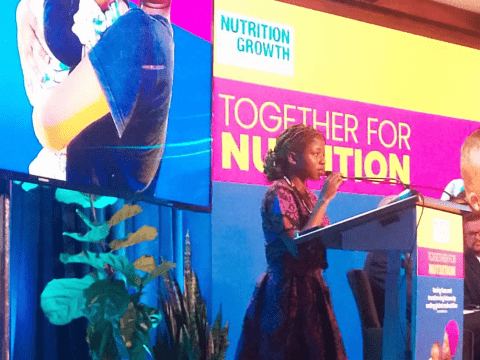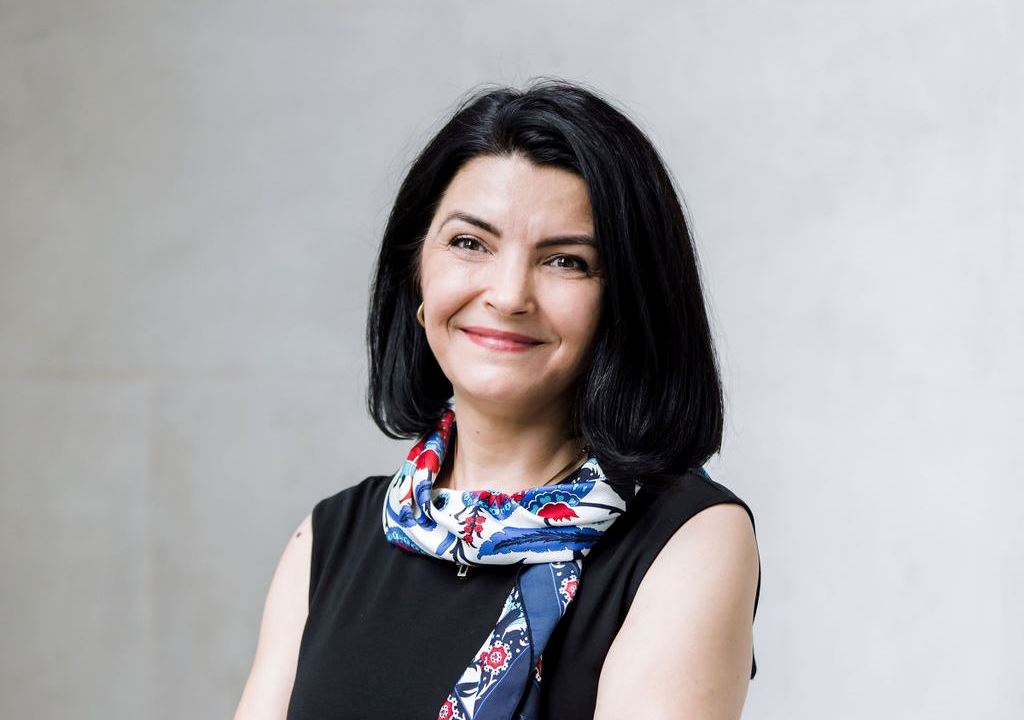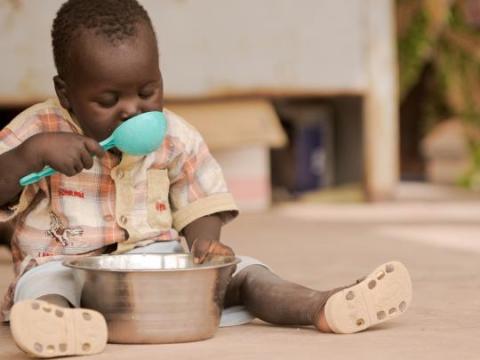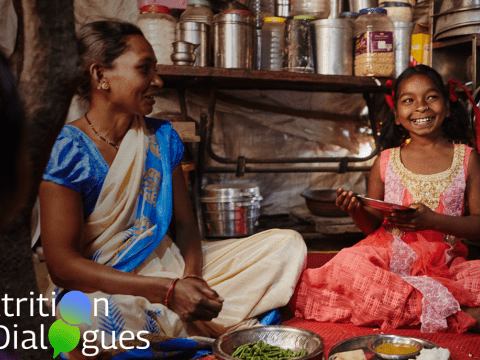
The inclusion of children in the Pact for the Future is a vital win
Dana Buzducea says she looks forward to working with governments on their future plan for humanity—now that it includes children’s needs.
Last week, world leaders made a historic decision that you might have missed: the adoption of the Pact for the Future by all 193 United Nations members on September 22nd. This Pact can be described as the United Nations’ master plan for addressing the challenges that face humanity into the future. Such documents are created to steer governments and the international community towards decisions that promote human flourishing and thriving.
Of course, it’s not that simple, as evidenced by the slow progress and setbacks towards the 2030 deadline of the SDGs. Yet, without such plans and goals, the situation in many countries regarding health, access to water and education, rights, and equity would be much worse.
World Vision and our partners in the international community are celebrating not just the adoption of the Pact, but also the content of the final draft. Earlier drafts had largely omitted mention of children or the issues that affect their lives. Our experts worked hard to persuade those writing the Pact that the globe’s most vulnerable citizens deserved to be at the heart of this document.
The reason I think this latest draft is a vital win for children and for those of us who work to improve their lives is because although non-binding, the Pact sets the global agenda and outlines priority actions for governments worldwide. Without the inclusion of children in the Pact, the already visible de-prioritization of their needs would have continued, leading to severe and potentially deadly consequences.
Let me give you just one statistic: In mid-2022, UNICEF estimated that almost 8 million children in 15 crisis-hit countries were suffering from severe wasting, with one additional child joined this group every single minute between January and June 2022.
Without intentional plans to address such dire situations, children will inevitably become the overlooked casualties of political and economic fallout. Key aspects of the Pact that address the needs of children include:
- Investment: Emphasizing investment in children's well-being, education, health, and protection, ensuring their rights and opportunities in sustainable development and global cooperation.
- Social and economic development: Addressing specific challenges faced by young women and girls.
- Universal Health Coverage: Promoting access to quality healthcare for children.
- Quality Education: Advocating for inclusive education and lifelong learning.
- Protection from Violence: Urging action to eradicate violence against children.
- Human Rights Protection: Reaffirming commitment to protecting all human rights of children
- Hunger & Food Insecurity: Eliminating hunger, acute food insecurity, famine, and famine-like conditions, especially in armed conflict situations. Tackling the drivers of food insecurity and malnutrition to ensure nutritious food for all.
- Humanitarian Response: Stressing the need to address humanitarian emergencies, prevent forced displacement, eliminate hunger in conflict situations, provide humanitarian access, protect civilians, and restrict the use of explosive weapons in populated areas. Plus, financial support for humanitarian emergencies.
- Children and Armed Conflict: Emphasizing the devastating impact of armed conflict on children, including their recruitment as child soldiers, sexual violence, abduction, and attacks on schools and hospitals. Calling for concrete measures to protect children.
Having these commitments in the Pact for the Future really is a significant win that, if taken seriously by governments and other services provides, will ensure a safe and healthy future for children everywhere. We look forward to working with decision-makers now and in the future to make this vision a reality.
To read the Pact for the Future click here. To learn more about World Vision’s work to help children live a full life visit wvi.org
Dana Buzducea is World Vision's Partnership Leader, Advocacy and External Engagement. For more than two decades, from social work in Romania to leading World Vision's global advocacy work, she has always been passionately committed to ending injustices facing children. Follow her on Twitter @DanaBuzducea



